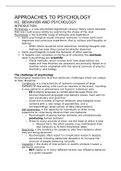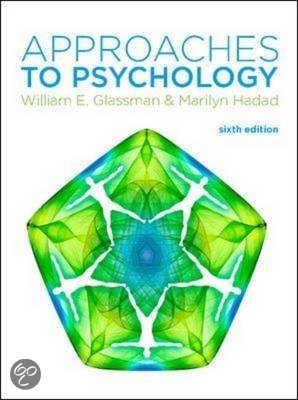Samenvatting
Samenvatting boek Gedragswetenschappen (Approaches to Psychology)
- Instelling
- Universiteit Utrecht (UU)
Volledige samenvatting van het boek Approaches to Psychology voor het vak Introductie Gedragswetenschappen voor Interdisciplinaire Sociale Wetenschappen.
[Meer zien]





